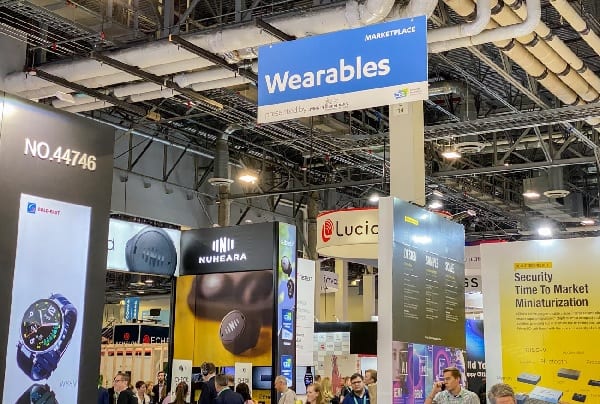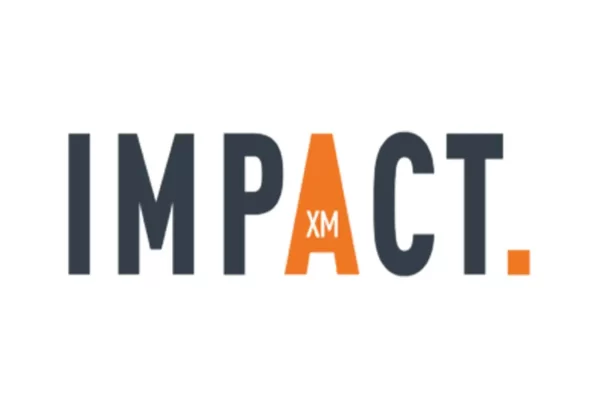by Kevin Grauman (pictured below), president and CEO, QLess
 The positive energy generated by a crowd of people who share an affinity is one of the greatest natural highs we can experience. Concerts, packed sports stadiums, conferences and conventions are just a few of the types of large-crowd gatherings that provided memorable experiences in the world that used to be. We all look forward to a time when we can once again enjoy many aspects of life that we once took for granted. Notwithstanding the promise of vaccines that will soon be available, the pandemic is once again resurgent, and it will likely be at least another year before any vaccine can be administered to the mass public. Even then, vaccination will not be a silver bullet. As a critical part of bringing (and keeping) the pandemic under control, social distancing of some sort is here to stay.
The positive energy generated by a crowd of people who share an affinity is one of the greatest natural highs we can experience. Concerts, packed sports stadiums, conferences and conventions are just a few of the types of large-crowd gatherings that provided memorable experiences in the world that used to be. We all look forward to a time when we can once again enjoy many aspects of life that we once took for granted. Notwithstanding the promise of vaccines that will soon be available, the pandemic is once again resurgent, and it will likely be at least another year before any vaccine can be administered to the mass public. Even then, vaccination will not be a silver bullet. As a critical part of bringing (and keeping) the pandemic under control, social distancing of some sort is here to stay.
 In particular, the special events industry has been devastated by COVID-19. San Diego, for example, has lost 47 conventions since March, according to Julie Coker (pictured right), president and CEO of the San Diego Tourism Authority. In a recent interview, Coker told radio station KPBS that she and her tourism industry colleagues originally expected special events to return in early 2021, but there has been slippage due to continued public health uncertainty. It’s anybody’s guess as to when people will feel safe returning to ballparks, arenas, convention centers and other venues. The rebound will be gradual. And a society that has become much more conscious of the threat posed by infectious diseases will demand experiences that can accommodate a new sensibility.
In particular, the special events industry has been devastated by COVID-19. San Diego, for example, has lost 47 conventions since March, according to Julie Coker (pictured right), president and CEO of the San Diego Tourism Authority. In a recent interview, Coker told radio station KPBS that she and her tourism industry colleagues originally expected special events to return in early 2021, but there has been slippage due to continued public health uncertainty. It’s anybody’s guess as to when people will feel safe returning to ballparks, arenas, convention centers and other venues. The rebound will be gradual. And a society that has become much more conscious of the threat posed by infectious diseases will demand experiences that can accommodate a new sensibility.
For event planners this means thinking now about technology that can help deliver memorable experiences in a germaphobic world. The name of the game is to eliminate bottlenecks of foot traffic, long-lines, clustering and germ-spreading through touch.
What does this mean in practical terms?
Wearable technology: We’re seeing an emergence of IT platforms that can identify attendees, vendors, media and staffers through facial recognition technology and badges with embedded chips. This is a game changer. Not only will event managers, who embrace wearable technology, be able to offer a virtually “touch-free” experience, but they can collect data on foot traffic and attendance patterns at panels, speeches and workshops. These platforms will allow programming staff to set up floor plans, stagger meals and happy hours, reduce clustering outside of session areas and schedule deliveries with maximum efficiency in space usage, enabling social distancing without compromising the event’s energy.
Queue management: Event planners should—without delay—revisit the check-in experience. The long line at the registration booth is a non-starter in post-COVID America. Platforms can allow an attendee to use their smartphone for booking appointments, scheduling executive meet-and-greets, picking up swag bags, giving product demos, lining up press interviews, ordering food and setting a pick-up time. With software assuming this heavy lifting, foot traffic can be controlled and efficiently distributed throughout the event venue.
Event bots: Say goodbye to the days of attendees bobbing and weaving their way through dense crowds at the information desk. Instead, people will be able to text message questions to the event team and receive personalized answers within seconds. And based on the data collected through wearable tech platforms, the bot can suggest specific booths, panels and speakers that an attendee would find worthwhile.
Lead retrieval apps: The business card exchange ritual at tradeshows has long been a virus outbreak waiting to happen. Yes, people will continue to touch their faces. At least, however, they won’t be doing so in between giving and receiving dozens of business cards. Through contact management apps, we can scan one another’s badge and contact information will instantly be uploaded into a user’s Rolodex in the cloud.
Contact tracing: Event planners who positively contribute to contact tracing efforts once an attendee tests positive at a later date will find it easier to engender public confidence for future events and among local officials. The good news is that traffic data collection and queue management platforms provide all the tools needed to help contact tracers map the potential spread of the virus. They can then proactively contact individuals who may have had high levels of exposure to a specific COVID-19 patient.
We do not know the extent to which vaccines alone can provide permanent immunity. Early indications seem to suggest that herd immunity could be elusive. The good news is that we know what does work. States that have been more vigilant in requiring social distancing have had significantly more success controlling the spread of the virus than less proactive states.
After taking a huge hit, New York and New Jersey were able to achieve control of the virus, as indicated by less than one new transmission per infected individual. They have demonstrated that basic precautions, like reducing crowd density, can make a massive difference. Once the virus is under control everywhere, we cannot become complacent. Instead, industries like special events should continue to follow guidelines set forth by the medical community. This is the time to implement innovative new technology solutions that keep us safe and productive as we wait for medical interventions to take their place alongside society’s vigilance.
Kevin Grauman is the president and CEO of QLess, a line management system used by retail, education and government industries. He is no stranger to the world of startups, with a proven track record as a successful U.S.-based executive leader and entrepreneur. He has been recognized as one of the “100 Superstars of HR Outsourcing in the USA” by HRO Today magazine. For more info, visit https://www.qless.com.
This story appeared in the Mar./Apr. 2021 issue of Exhibit City News, p. 28. For magazine layout, visit https://issuu.com/exhibitcitynews/docs/ecn_mar-apr_2021






















